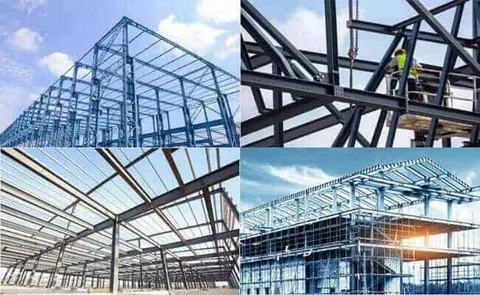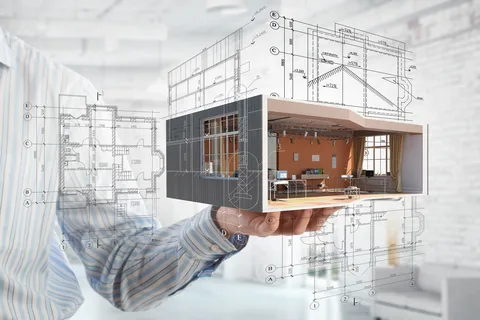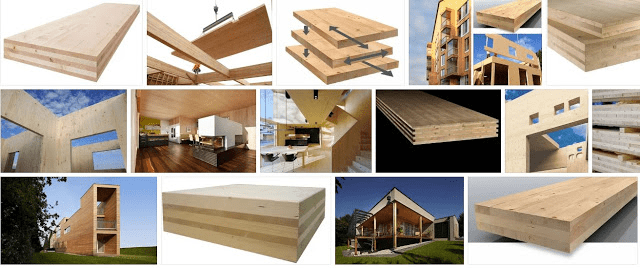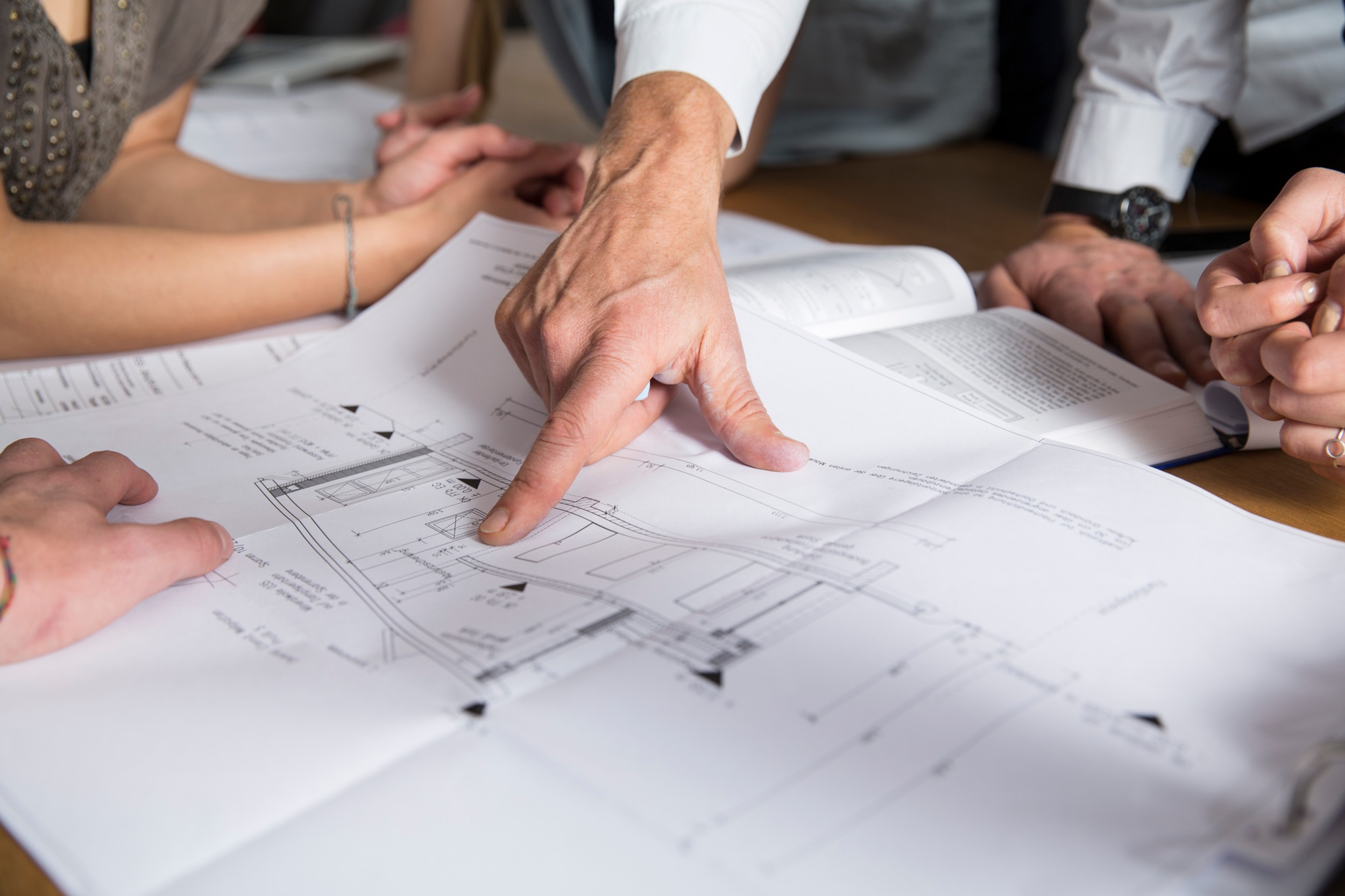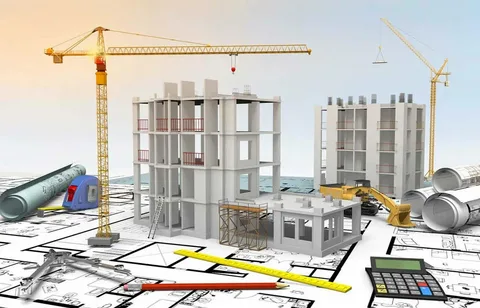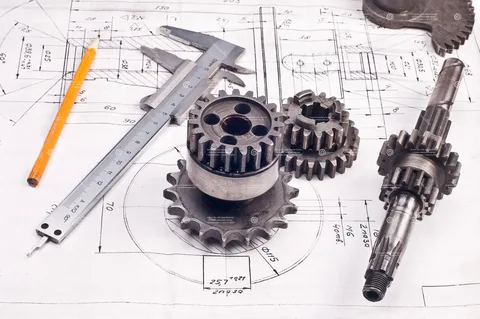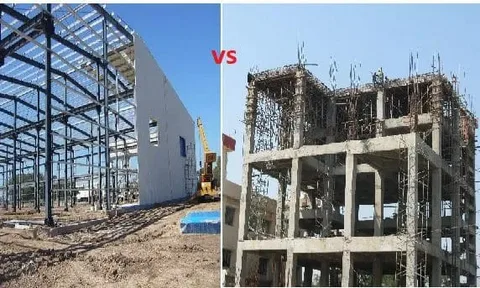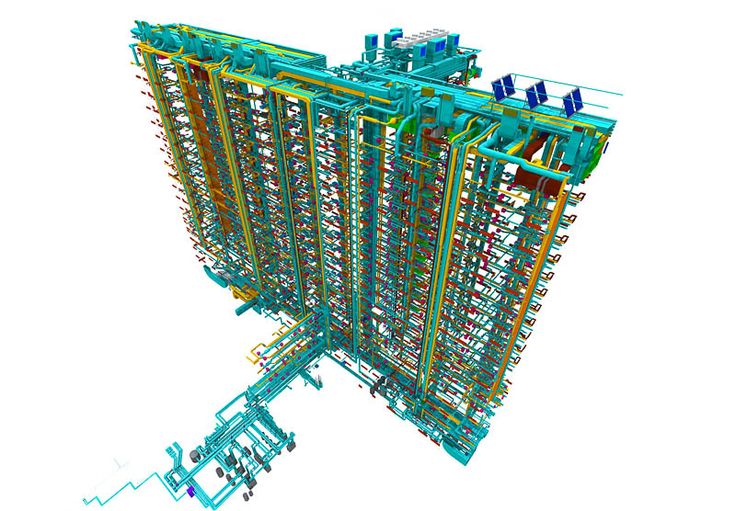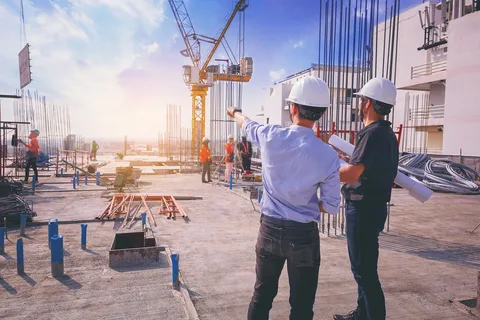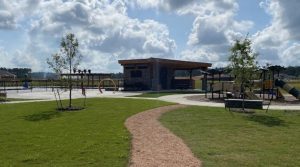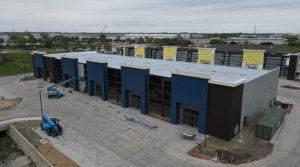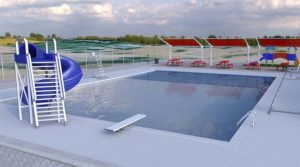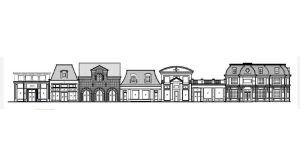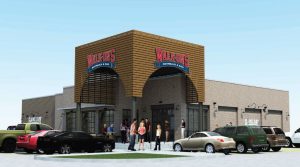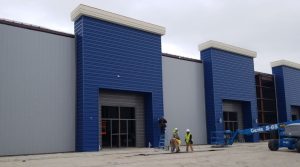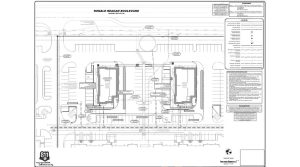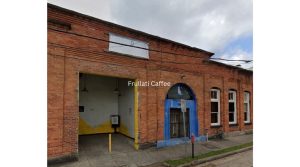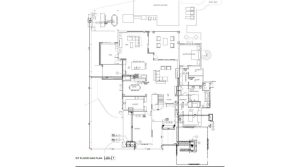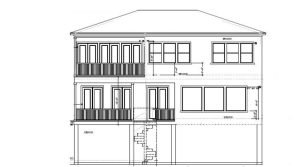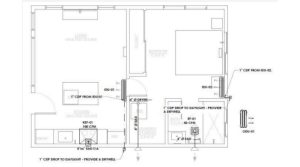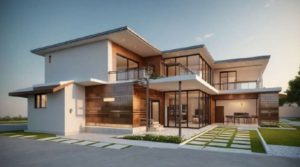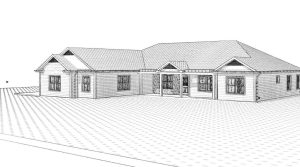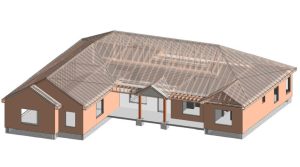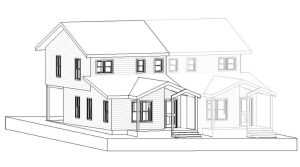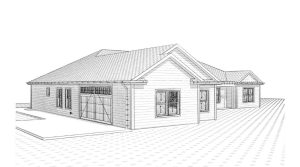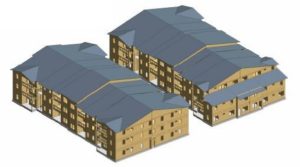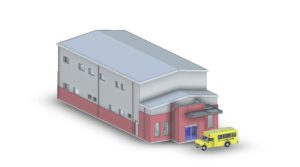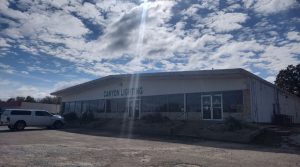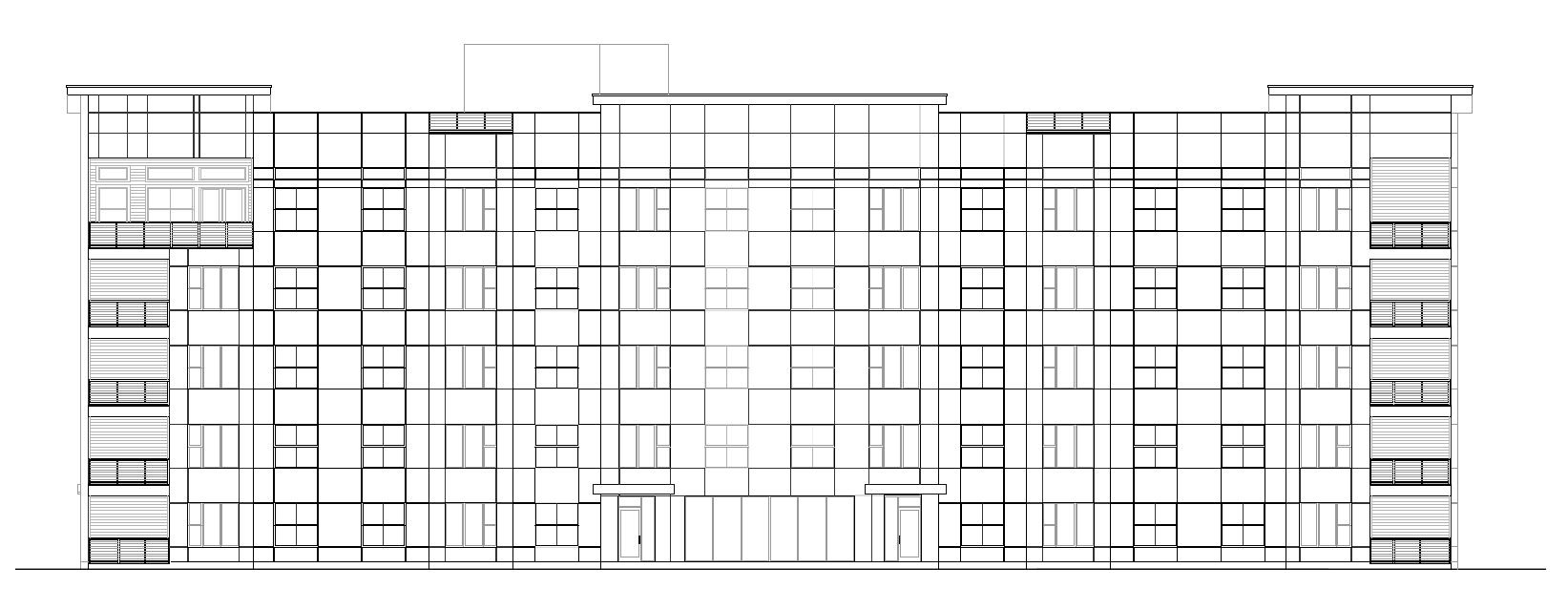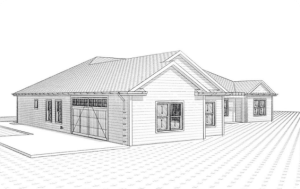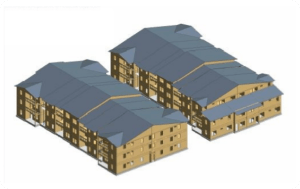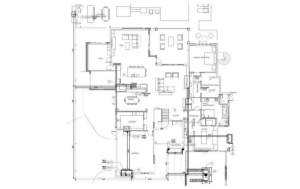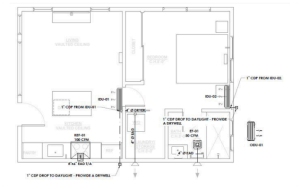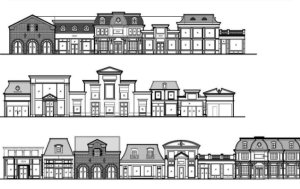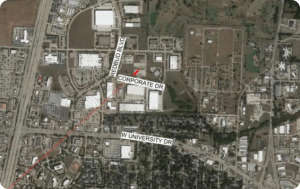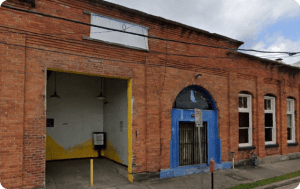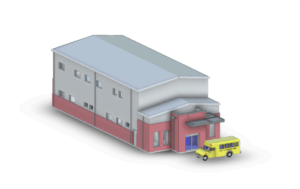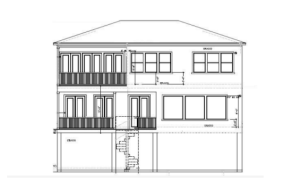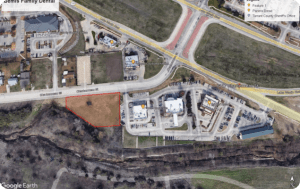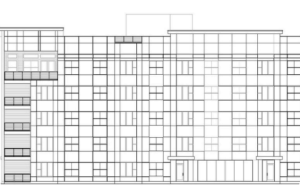The Future of Engineering: How AI & BIM Technology Are Transforming Building Design
Introduction
The way we design, build, and operate buildings is undergoing a revolution. Technologies like AI in engineering design and BIM technology engineering are changing the rules. For architects, engineers, and developers, keeping up with the latest Building Information Modeling trends and adopting digital engineering solutions is no longer optional—it’s essential. This blog explores how these tools are redefining workflows, improving building performance, and shaping the future of the built environment.
1. From 2D Drawings to Intelligent Models
Traditionally, engineers relied on 2D plans and static models. These had limited coordination and led to costly errors. Today, BIM (Building Information Modeling) provides a dynamic, 3D digital representation of a building that includes not just geometry, but also data—materials, energy performance, spatial relationships, and system integration.
When AI is integrated into BIM, the result is a smart model. AI algorithms help identify design issues early, optimize structural layouts, and automate repetitive tasks. This leads to faster decision-making and fewer costly revisions.
AI-enhanced BIM is rapidly becoming the backbone of complex design and construction projects.
2. How AI Elevates BIM Workflows
The use of AI in engineering design brings several distinct advantages to the BIM environment:
- Design automation: AI speeds up model creation by automating tasks like component classification, placement, and duplication.
- Predictive analytics: AI can simulate performance outcomes, structural behavior, and energy usage to inform better design choices.
- Clash detection: AI can scan models for conflicts in MEP, structural, and architectural elements early in the process.
- Intelligent scheduling: AI assists in optimizing construction sequencing and resource planning.
These functions enable engineers and architects to focus more on innovation and less on manual coordination.
3. Building Information Modeling Trends to Watch
Several emerging Building Information Modeling trends are reshaping the industry:
- Cloud-based BIM: Teams collaborate in real time from different locations, improving coordination and decision-making.
- Digital twins: Live, data-rich models that continue to evolve post-construction, integrating IoT sensors for real-time monitoring.
- Generative design: AI proposes optimized layouts or systems based on constraints like cost, materials, or energy efficiency.
- Lifecycle modeling: BIM now extends beyond design and construction to operation and maintenance.
- Sustainability simulation: AI+BIM help test solar orientation, HVAC performance, daylighting, and more.
These trends position BIM not just as a design tool, but as a lifecycle asset for owners and operators.
4. Real-World Impact of AI + BIM on Building Design
The adoption of BIM technology engineering combined with AI offers clear benefits across the building lifecycle:
- Improved accuracy: Fewer design errors and construction issues.
- Faster delivery: AI shortens design timelines by automating tasks and optimizing design iterations.
- Better performance: Buildings designed with AI+BIM show improved energy efficiency and occupant comfort.
- Smarter operations: Digital twins allow facilities managers to monitor, predict, and address maintenance issues proactively.
In short, these technologies lead to better buildings, happier clients, and stronger ROI.
5. What to Look for in a Digital Engineering Solutions Partner
Not all engineering firms are equipped to implement AI+BIM successfully. When choosing a digital engineering solutions provider, consider:
- Experience with BIM platforms like Revit, Navisworks, or Bentley.
- AI integration capabilities for simulation, scheduling, or clash detection.
- Cross-discipline coordination: Ensure MEP, structural, and architectural elements work seamlessly together.
- Focus on sustainability: Look for firms that use these tools to reduce carbon footprint and improve efficiency.
- Support for facilities management: Can the firm deliver models that support long-term building operations?
These factors determine whether your digital investment will pay off in quality, speed, and performance.
6. Challenges to Consider When Adopting AI & BIM
While the benefits are clear, there are also challenges to address:
- Upfront investment: Software, hardware, and training costs can be significant.
- Data consistency: AI requires structured, high-quality data to be effective.
- Workforce skills: Teams must be trained in new workflows and digital tools.
- Cultural shift: Adopting BIM+AI often requires a change in mindset and process.
- Interoperability: Ensuring different software platforms and stakeholders can share and access model data smoothly.
Planning for these challenges can ensure a smoother transition and better outcomes.
7. Case Study: AI + BIM in a Smart Hospital Project
A healthcare facility in Texas was recently designed using AI-enhanced BIM technology. The engineering team used generative AI to test multiple layouts for patient flow, HVAC efficiency, and emergency access.
Key outcomes:
- Energy modeling reduced HVAC energy consumption by 18%.
- AI-driven clash detection saved 120+ hours in MEP coordination.
- The digital twin model is now used by facilities staff for predictive maintenance.
This project highlights the practical benefits of integrating AI and BIM from the earliest design stages through operation.
8. The Future of Building Design: What’s Next?
As adoption grows, we can expect:
- Generative AI becoming standard in design exploration.
- Digital twins used for real-time building performance tracking.
- More automation in model generation, documentation, and quantity takeoffs.
- AI-driven sustainability tools that suggest improvements based on climate data.
Firms that invest in these technologies now will be more competitive, agile, and sustainable in the future.
Conclusion
AI and BIM are reshaping the future of engineering. Together, they enhance collaboration, boost design quality, and drive better building performance. If you want to stay ahead in this rapidly changing industry, now is the time to explore AI in engineering design, adopt emerging BIM technology engineering tools, and understand the value of digital engineering solutions. The buildings of tomorrow are being designed today—make sure yours are ready for the future.
